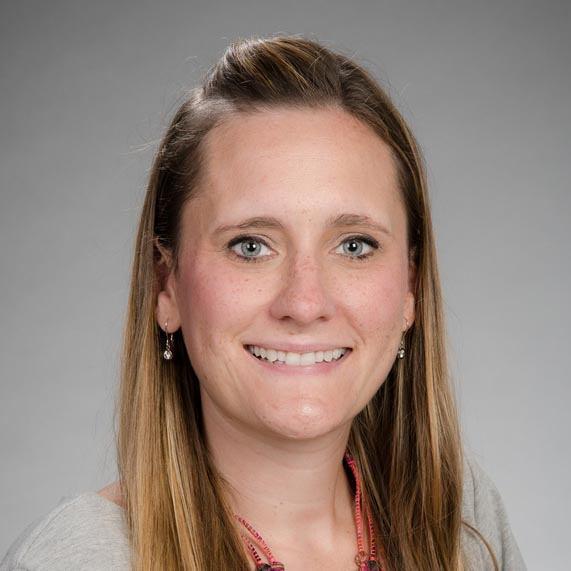July 6, 2018
Randomized Controlled Trial of an Implementation Science Tool to Increase Cervical Cancer Screening in Mombasa, Kenya

Funding has been awarded to principal investigator Dr. McKenna Claire Eastment by the NIH National Cancer Institute for a "Randomized Controlled Trial of an Implementation Science Tool to Increase Cervical Cancer Screening in Mombasa, Kenya".
Abstract:
This proposal supports a 4-year research and training program to allow Dr. Eastment to make substantial progress toward a career as an independent investigator and leader in the field of women’s health and cervical cancer screening implementation. She aims to quantify the cervical cancer screening care cascade and understand the correlates of appropriate screening. She will then conduct a cluster randomized trial to test an implementation science tool, the Systems Analysis and Improvement Approach (SAIA), to improve cervical cancer screening for both HIV-positive and HIV-negative women in Mombasa, Kenya. A budget impact analysis of SAIA will be performed for Mombasa County Department of Health (DOH).
Dr. Eastment’s expertise in coordinating studies in Kenya utilizing the same implementation science tool provides a strong foundation for this proposed plan. Her training program will include further instruction in study design, economic evaluations, analysis of correlated data, and implementation science from leaders in these fields, leveraging on the outstanding research and training environments at the University of Washington (UW), and the strength of long- term collaborations with Mombasa County. Her collection of mentors from the UW Departments of Medicine, Biostatistics, Epidemiology, and Global health, along with her collaborators from Mombasa County, are eager to mentor and support Dr. Eastment’s project and career development.
Research Plan: Cervical cancer is the most common cancer in women in sub-Saharan Africa, and the majority of cervical cancer mortality occur in low and middle income countries (LMICs). Many of the disparities between high and LMICs are attributed to differences in screening. Kenyan guidelines recommend screening with visual inspection methods followed by treatment of pre-cancerous lesions with cryotherapy and loop electrosurgical excision procedure (LEEP). Implementation of these are poor with only 14% of Kenyan women ever having been screened for cervical cancer as of 2014. To address this implementation gap, this application proposes three aims. In Aim 1, we will describe the cervical cancer screening care cascade, from identification of female clients age 21-65 years old, through referral for follow-up of clients with positive or suspicious screens, in family planning (FP) clinics in Mombasa County. Following characterization of this cascade, we will conduct an analysis of correlates of failure to screen for cervical cancer in FP clients seen over a one-year period in Mombasa County. Aim 2 will test whether SAIA increases cervical cancer screening compared to usual procedures in a cluster randomized trial in 20 FP clinics in Mombasa County. Finally, in Aim 3, we will determine the cost and budget impact of using SAIA to increase cervical cancer screening in FP clinics in Mombasa County.
The results of this study have the potential to improve cervical cancer screening, and inform policy in the Mombasa DOH for a fiscally responsible evidenced-based approach for cervical cancer screening. The long-term goal is to decrease cervical cancer mortality and improve women’s health.
Sponsor Award Number: 1K08CA228761-01A1